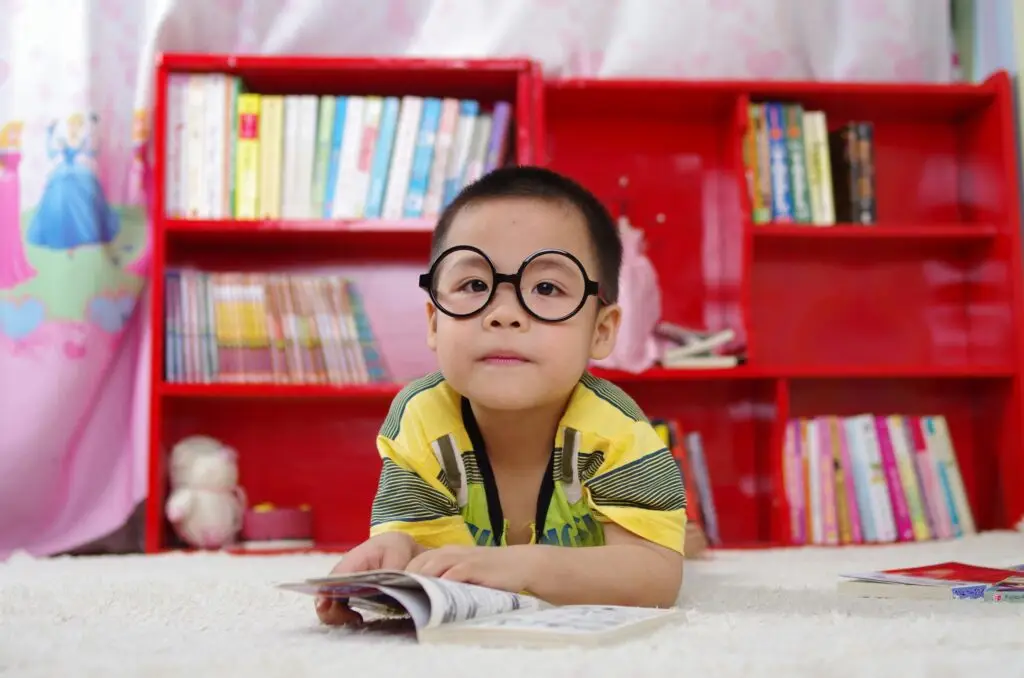The Montessori Approach to Teaching Reading & Writing
As a parent, you want to give your child the best start in life, especially regarding fundamental skills like reading and writing. The Montessori approach offers a unique and effective method for teaching literacy that can set your child up for success. Let’s explore how Montessori literacy methods work and how you can support your child’s journey to becoming a confident reader and writer.

The Foundations of Montessori Literacy
Montessori literacy methods are built on the principle that language development is a natural process. Rather than forcing children to learn through rote memorization, Montessori educators create an environment that nurtures a child’s innate desire to communicate and express themselves.
Phonetic Awareness
One of the cornerstones of Montessori literacy is phonetic awareness. Children learn to recognize the sounds that make up words before they learn to read them. This approach helps children understand the building blocks of language, making it easier for them to decode words when they encounter them in written form.
Sensory Learning
Montessori literacy methods incorporate multi-sensory experiences. Children don’t just see letters; they feel them, trace them, and even form them with their bodies. This hands-on approach helps cement the connection between the abstract symbols of letters and their concrete sounds.
The Montessori Reading Journey
Sandpaper Letters
The journey often begins with sandpaper letters. These are tactile letters that children can trace with their fingers while saying the sound. This activity engages multiple senses, helping to create strong neural pathways for letter recognition and sound association.
Movable Alphabet
As children become familiar with letter sounds, they start using the movable alphabet. This set of cut-out letters allows children to physically build words, reinforcing the connection between sounds and written language. It’s a powerful tool that lets children express themselves in writing before they’ve mastered the motor skills needed for handwriting.
Reading in Stages
Montessori literacy methods break down the reading process into manageable stages:
- Recognizing and sounding out individual letters
- Blending sounds to form simple words
- Reading short phrases and sentences
- Progressing to longer texts and stories
This gradual approach ensures children build confidence at each stage before moving on to more complex reading tasks.
Writing in the Montessori Classroom
Indirect Preparation for Writing
Montessori literacy methods include many activities that indirectly prepare children for writing. Practical life exercises like pouring and transferring objects with tongs help develop the fine motor skills needed for holding a pencil.
Metal Insets
Metal insets are a classic Montessori material used to develop hand control and prepare for writing. Children trace shapes within metal frames, gradually refining their ability to control a writing instrument
Writing as Self-Expression
In Montessori classrooms, writing is introduced as a form of self-expression rather than a tedious task. Children are encouraged to write about topics that interest them, fostering a love for written communication.
Supporting Montessori Literacy at Home
As a parent, you can reinforce Montessori literacy methods at home:
- Create a print-rich environment with labels and signs around the house.
- Engage in conversation with your child, introducing new vocabulary naturally.
- Read aloud regularly, pointing out letters and words as you go.
- Provide materials for writing and drawing to encourage fine motor skill development.
- Play sound games, emphasizing the phonetic sounds of letters rather than their names.
The Long-Term Benefits of Montessori Literacy Methods
Children who learn to read and write through Montessori methods often develop a deep love for language and literature. They tend to become confident, expressive communicators, both in writing and speech. The phonetic foundation they receive makes it easier for them to spell and decode unfamiliar words as they grow older.
Moreover, the self-directed nature of Montessori learning fosters independence and a sense of accomplishment. Children learn at their own pace, celebrating each milestone along the way.
The Montessori approach to teaching reading and writing offers a comprehensive, child-centered method for developing literacy skills. By focusing on phonetic awareness, sensory experiences, and gradual skill building, Montessori literacy methods provide children with a strong foundation for lifelong learning and communication.
As a parent, understanding these methods can help you support your child’s literacy journey, whether they’re in a Montessori school or not. By incorporating some of these principles at home, you can help nurture your child’s natural love for language and set them on the path to becoming confident, capable readers and writers.


